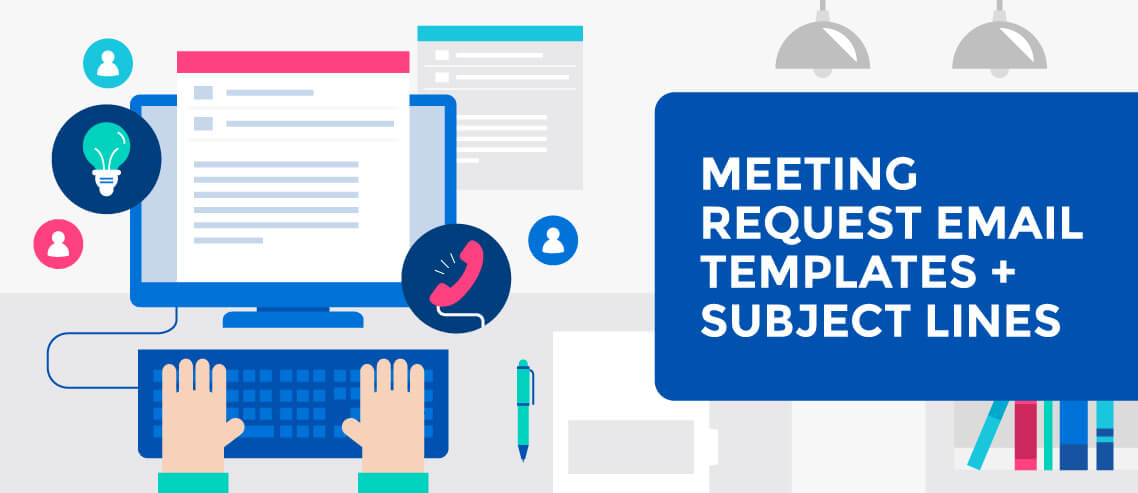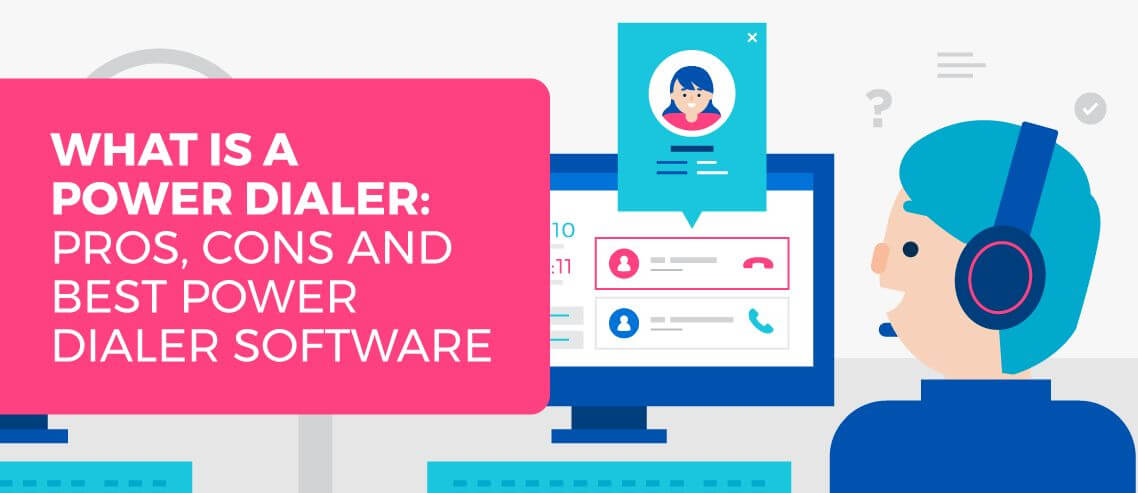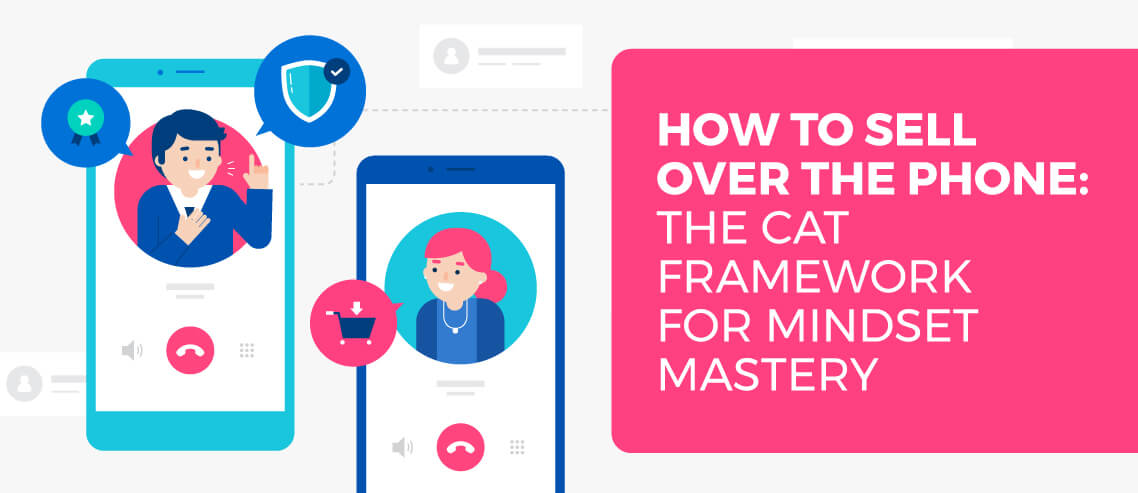Lead Scoring: How to Move from Mere Awareness to Closed Customers

Contents
Modern selling requires data-driven, adaptable strategies in order to get an edge over the competition, especially in B2B. According to the Content Marketing Institute, creating brand awareness was the most mentioned marketing goal. With so many resources going toward awareness, let’s talk about how to get the best ROI by turning leads into closed customers using lead scoring.
What is Lead Scoring?
Digital selling is on the rise. This is due to better communication technologies and accelerated by the 2020 coronavirus pandemic, which forced many people to conduct business remotely.
The upside is a lower barrier to entry in finding new leads. No in-person office visits or door knocking required. But the downside is that all of the people your company interacts with online are not truly good leads. There is a long purchasing process and therefore selling process before a lead becomes a B2B buyer.
Businesses in this space must know when to sell and deliver content at the right time in the cycle. Otherwise, it results in wasted time for the sales and marketing teams that you could spend on better qualified leads instead.
This is why lead scoring is so important. It prioritizes your leads in terms of the value to your business and the urgency in interacting with them. It allows you to predictably contact your leads that are most likely to respond to your messaging.
Certain automated methods such as segmentation or profile-based lead grading can help filter some leads. However, these other methods cannot match the right engagement techniques to the proper buyer stage as effectively as lead scoring.
Lead Scoring Process
The lead scoring process is a series of steps and definitions that provide clarity for identifying lead quality. It can also streamline the prospect journey from mere awareness to closed customers. However, there are some parameters you need to put in place first.
The sales and marketing teams need to strategize and come to an agreement on the exact definition of a “qualified” lead before you can implement the lead scoring process. This definition includes relevant information about the prospect that you can gather via your CRM, existing analytics, or third-party tools.
Information such as the lead’s job role and industry are one portion. Additional factors include democracies such as interests, and behaviors such as activities or actions the lead has performed. These help indicate if a lead is interested and therefore ready for the company’s services.
Using these data points, the sales and marketing departments assign a point value system to each action. Leads with high scores are a great fit demographically who have also shown interest via certain actions they have taken.
Any leads with a high enough score are considered marketing-qualified leads and passed on to a salesperson. People who are a good but not excellent fit are typically added to the marketing team’s list as someone who needs further nurturing.
Proper Setup
The effectiveness of a lead scoring process depends on how well it is set up. A great lead scoring implementation can provide more sales for the company. Meanwhile, a poor application of the lead scoring process can lead to lower conversion rates as customers stop moving through your sales funnel.
For instance, salespeople reaching out to a lead too early in the process could keep that lead from remaining interested long enough to hear a product demonstration or other details related to the final sale.
To ensure this does not happen, teams must determine the right action that signals a lead has shifted from merely being interested to actually having purchase intent. This action demonstrates that a lead has advanced past the basic research phase such as watching a webinar or reading a blog post.
Actions such as signing up for a free trial, filling out a form, or requesting a quote indicate that contact can be made by a member of the sales team.
This hand-off from sales to marketing can be accomplished more easily with a platform that includes a lead scoring system built-in. It also saves time by not needing to manually download or assemble various reports.
Predictive Lead Scoring vs. Rule-Based Lead Scoring
There are two main lead scoring approaches: predictive lead scoring and rule-based lead scoring. The primary difference between the two is that in predictive lead scoring, the software performs the scoring for you. With rule-based lead scoring, you can set up your own rules regarding how to assign points to each action or characteristic.
For instance, companies may wish to use rule-based lead scoring when they know a certain interaction (such as extending a trial) is proven to be a strong indicator of purchase intent.
In this case, you can manually create a “rule” that adds additional weight to this action in the scoring process. Using the same example, a predictive lead scoring process may not assign as much weight to that action based on its algorithm.
While ideally, all data points regarding your leads would be integrated into your lead scoring process automatically, that’s not always the case. A predictive lead scoring approach is only as effective as the information it has access to.
Furthermore, predictive lead scoring algorithms differ between different softwares. So predictive lead scoring may require more trial and error to ensure it is targeting the correct lead qualities that your team values.
3 Lead Stages
There are three stages that a lead goes through before they become a paying customer: Awareness, Engagement, and Exploration. Understanding what the three stages are and how they differ will help you score your leads more accurately to increase your sales.
Let’s start with the first:
1. Awareness
The awareness stage is at the top of the sales funnel. It includes the first interactions that someone has with your website or other digital content. At this stage, leads are just beginning to learn about solutions to their problem.
The awareness stage can also begin when someone signs up for your email list, for instance. They may sign up to receive further information or even to receive a prize from a drawing.
This is also referred to as “raising their hand” to say they are at least slightly aware of your product or service. And it is the beginning of a potentially interesting lead. For actions in the awareness stage, you can assign a small lead score (e.g. 5).
2. Engagement
In the engagement stage, contacts are more than merely aware of your service. Now, they are showing true interest in learning more by engaging with your marketing content.
This can come in the form of downloading a free PDF report or otherwise requesting information. Opening and clicking on email content consistently is another sign of high engagement that represents real interest.
You should give customer actions at this stage a higher score than the awareness stage (e.g. 10 or 20).
3. Exploration
The final stage before someone becomes a paying customer is exploration. They have moved past mere awareness and even engagement. They now understand that they have a problem which is worth solving, and that your company offers a potential solution.
Actions that are closely aligned with the exploration stage include reaching out to the sales department, filling out a quote request form, and viewing your pricing page on your website.
Since these exploration actions are typically performed by a lead who is almost ready to buy, you should assign them the most points in your lead scoring system (e.g. 30 or 40)
Final Thoughts
Lead scoring is a powerful part of any modern B2B sales process. It helps companies identify, score, and guide leads through the buying journey more efficiently. Regardless of the size of your company, implementing lead scoring can introduce strategic rules that streamline your sales and revenue.





